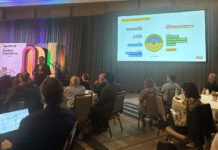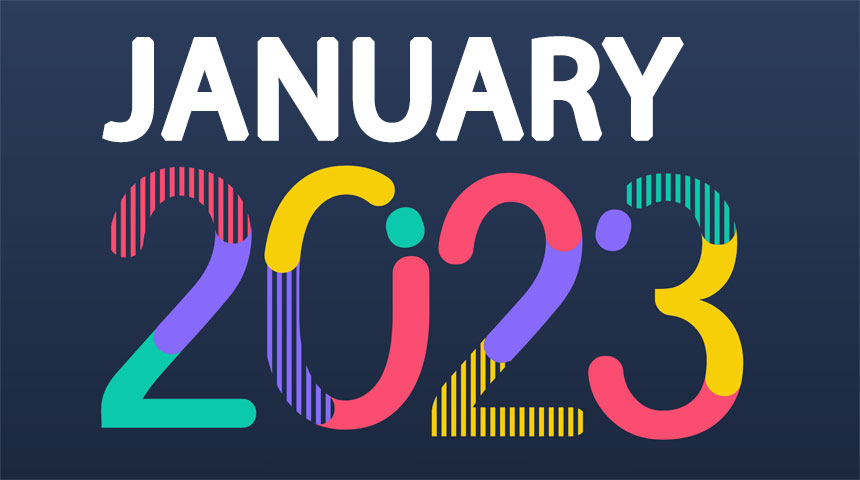
MOOCs can be a great way to supplement and enhance K12 students’ curriculum. These courses can work very well for blended and individualized learning –because they can be a solution for students who need extra time to succeed.
Some K12 educators are beginning to incorporate them into their classrooms.
MOOCs can help students accomplish their personal goals, such as learning new languages, or studying specific disciplines. In this type of learning environment, MOOCs would be similar to attending after-school activities, field trips, visiting museums or researching topics of interest.
Some revealing samples we have extracted from this article:
- Andover (Mass.) Public Schools’ students get high school credit for the course but no grade upon completing the courses.
- The University of Miami’s Global Academy, which is a virtual high school, developed its first MOOC specifically for high school students last year. The three-week course focused on preparing students –mostly juniors– to take the SAT II test in biology. Also, the high school has provided a MOOC to prepare students to take the Advanced Placement calculus exam.
- The math, biology, and physical sciences’ teachers from Brown University Continuing Education from both middle and high schools are using the MOOC as a mini-unit in their classes, or as an after-school project.
- Enterasys launched a MOOC initiative to provide students who are interested in learning more about IT. The free technical education classes provide technical skills achievement in fundamental areas around IP data networking, wireless technologies and security concepts—all key areas of recognized growth within the IT space. Unlike traditional MOOCs, the Enterasys MOOC is self-paced and students can attend the weekly scheduled module when it is best for them.
- Reynoldsburg (Ohio) City Schools’ eSTEM Academy combines MOOCs with live classroom instruction for grades 9 through 12. Teachers use the online content along with the problem-based learning work that is part of the academy’s goal.
Additional readings:

 En Español
En Español











![OpenAI Released Apps that Work Inside ChatGPT and an SDK [Video]](https://iblnews.org/wp-content/uploads/2025/10/openaieventday-218x150.jpg)








